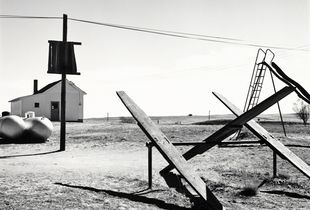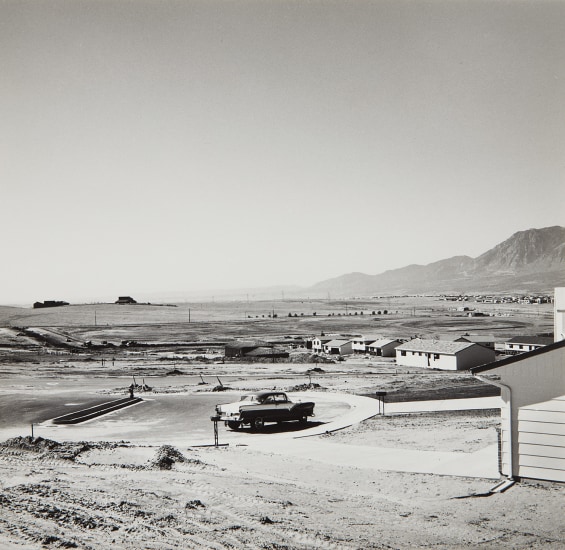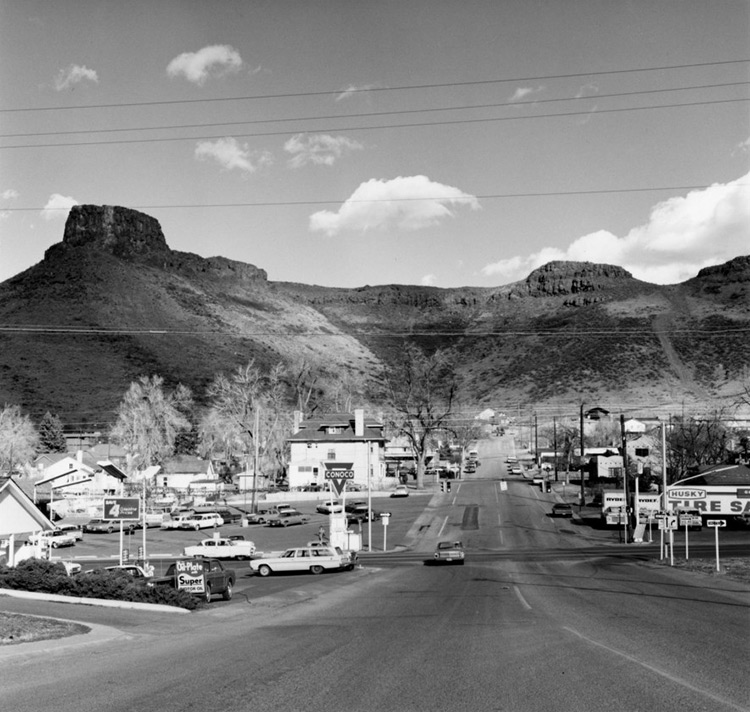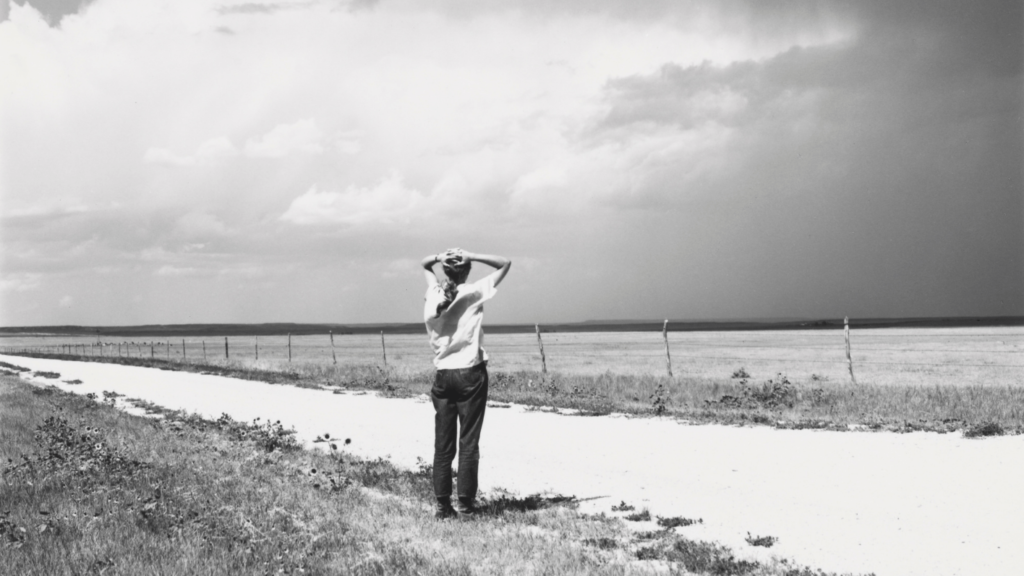Robert Adams born in 1937 New Jersey, is an American photographer who’s work is focused on the changing landscape of the American West. Adams moved to a suburb in Colorado with his family in 1954, this is where much of Adams photos and work are based. His work first became popular in the mid-1970s through his participation in the New Topographics exhibition. In the 1970s and 1980s Adams produced a series of books such as, The New West, Denver, What We Bought and Summer Nights these books focused on expanding suburbs along Colorado’s landscape, these books pictured huge rural developments but also the surviving light, size and shape of the natural world.
Robert Adam’s work
Robert Adams photos portray how the new post-war developments of the modern world have spilled into the old American west. The photos show above depict newly developed buildings and structures that are still surrounded by nature and the old landscape, suggesting that nature is still around us all the time no matter how much humans build. The photos are all shot in black and white, which perfectly matches the locations that they are taken in, barren and empty expanses of land with small marks of human life and buildings.

Robert Adams, Mobile Homes 1973
This photograph, taken in 1973 by Adams, depicts a mobile home estate in Colorado, with a huge mountain and barren landscape behind. Its almost as if Adams has put two images together, the top being the natural landscape of the world, and the bottom half being the ugly buildings that humanity have ruined the landscape with. Like all of Adams other photos, this photo is shot in black and white, which adds to the whole image. The lack of colours emphasize the vast location where the photo is taken, and adds to the separation between nature and man-made.






